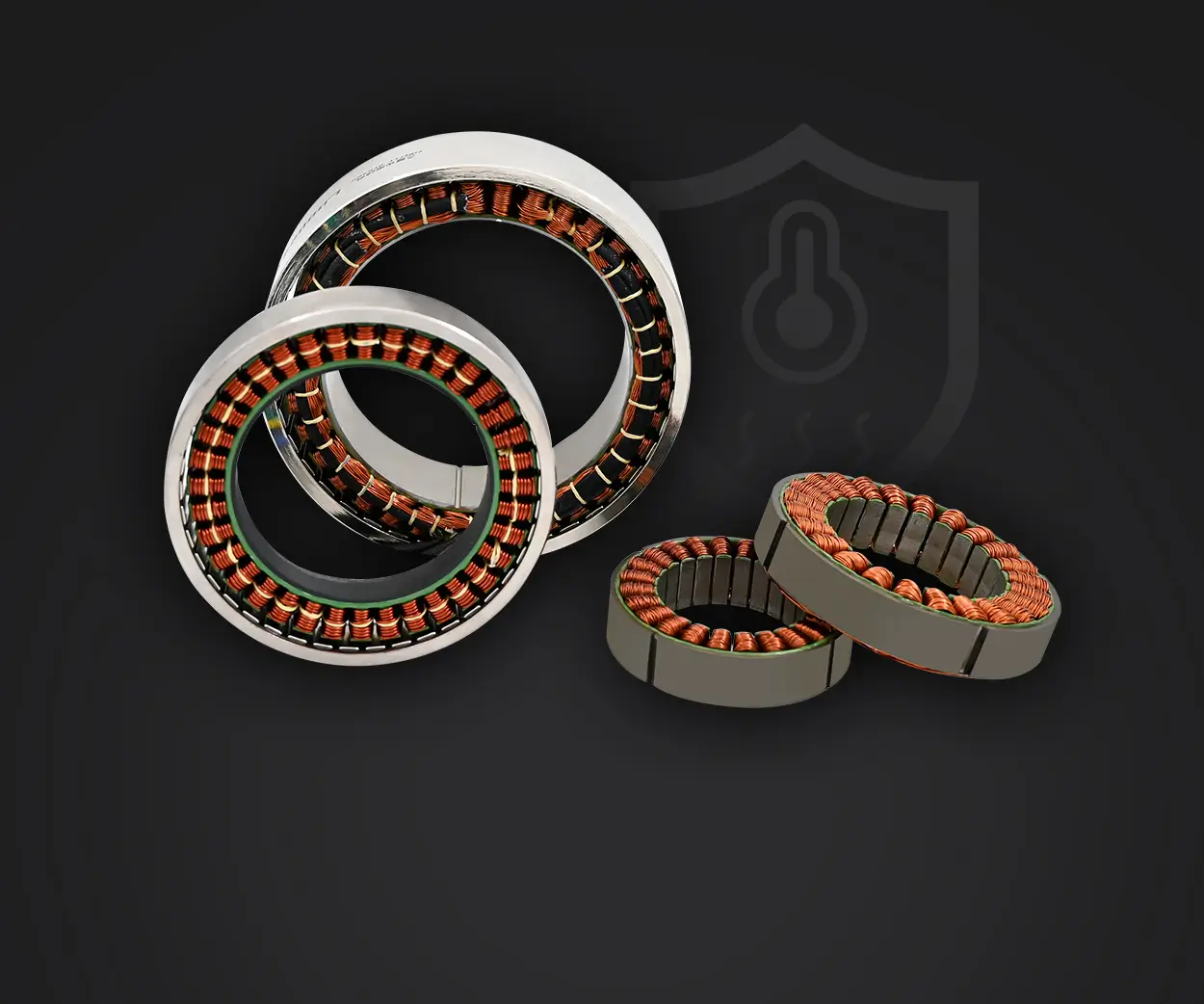Thinking about wiring a servo motor? It’s not just a matter of connecting some wires and hoping for the best. There’s a certain flow to it—a rhythm, even—that makes all the difference between a motor that hums happily and one that’s dead on arrival. Let’s walk through what you need to know, in a way that makes sense, even if you’re just dipping your toes into the world of robotics or automation.

First off, understand the core three wires: power, ground, and signal. Think of them as the heartbeat, the roots, and the voice to your servo. The power wire gets the motor moving, usually aligned with what the servo calls for—often 5V or 6V. Ground is straightforward but critical; it completes the electrical circuit. The signal wire carries commands—telling the servo how much to rotate and in which direction.
Now, connecting these wires isn’t a puzzle; it’s a puzzle piece that fits right into your control board or microcontroller. Some servo motors—like the ones from KPOWER—are designed with simplicity in mind. The wiring diagram is usually printed right on the casing or in the datasheet. Follow that diagram carefully; missing a connection can lead to unexpected behaviors or even damage. Don’t settle for guesswork—use quality jumper wires, and double-check polarity before powering up.
Here’s a quick mental image: your microcontroller sends a pulse-width modulation (PWM) signal through the control wire. Think of it like giving precise instructions on how far to turn. The servo’s internal circuitry translates that into motion. If the servo doesn’t respond, recheck the wiring. Sometimes it’s just a loose connection or a reversed wire.
Why do some wires matter so much? Because a servo motor isn’t just about spinning; it’s about precision. Proper wiring ensures stable operation, accurate positioning, and longevity. Skimping on this step can lead to jittery movements or, worse, burning out the motor. Imagine trying to drive with a frayed wire—it’s a similar chaos waiting to happen.
A good question might be: "Can I wire multiple servos into one board?" Absolutely, but beware of power supply limits. Each servo demands current, so if several are running simultaneously, a dedicated power source or a power distribution system is needed. Otherwise, voltage dips and unstable movements might haunt your project.
In the end, wiring a servo motor is a dance—know the steps, follow the rhythm, and you'll get smooth performance. Whether you're building a robotic arm or automating a fun project, getting the wiring right is half the effort for a satisfying result. Small details, like insulation and secure connections, matter more than you might think.
Thinking of diving deeper into servo wiring or facing a tricky setup? Just picture this: once everything’s wired correctly, each command becomes an easy whisper in the motor’s ear. That smooth, synchronized movement is worth the effort. When everything clicks into place, you realize this isn’t just wiring; it’s creating a heartbeat for your machine. And that beats with potential.
Established in 2005, Kpower has been dedicated to a professional compact motion unit manufacturer, headquartered in Dongguan, Guangdong Province, China. Leveraging innovations in modular drive technology, Kpower integrates high-performance motors, precision reducers, and multi-protocol control systems to provide efficient and customized smart drive system solutions. Kpower has delivered professional drive system solutions to over 500 enterprise clients globally with products covering various fields such as Smart Home Systems, Automatic Electronics, Robotics, Precision Agriculture, Drones, and Industrial Automation.




































